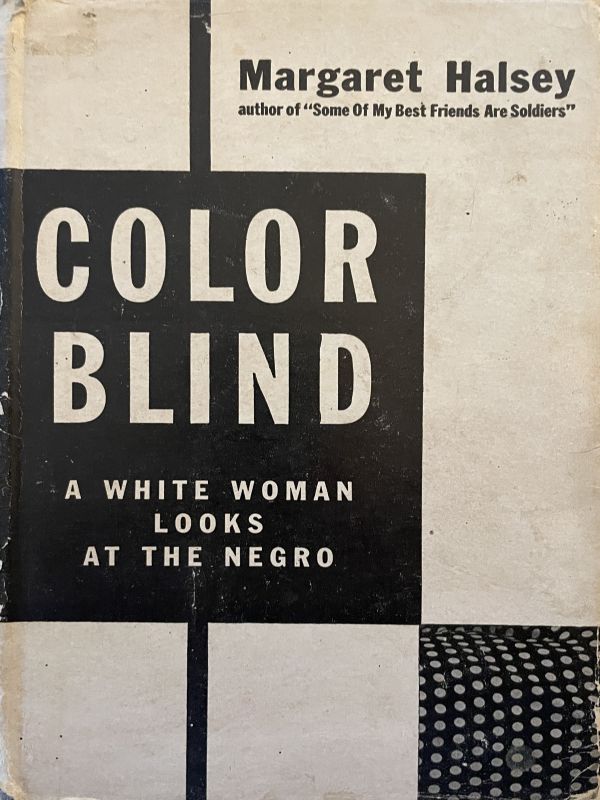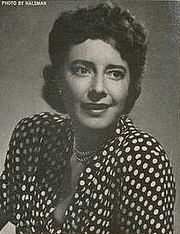Twenty-first century readers can take heart at the progress made since the release of Color Blind about 80 years ago. But we might grieve a bit because those old attitudes remain so prevalent.
High Point: Halsey’s writing style–whether it’s her novels, memoirs or a deep dive into racial discrimination–paints pictures.
Low Point: There are areas that are more repetitious than necessary
Author: Margaret Halsey
Publication Date: 1946
Genre: Social Science
Project Gutenberg: Not available
LibriVox: Not available
Movie/TV Adaptation: None
Color Blind: A White Woman Looks at the Negro by Margaret Halsey is a discussion of race relations in America during World War II. It’s a lessons-learned exercise resulting from Halsey’s implementation of a non-discrimination policy for a wartime canteen.
To the point of being repetitive, much of the book focuses on incidents that occurred in the operation of the canteen. But then Halsey takes those experiences and offers potential solutions. The solutions are a product of their time, and are a bit simple, but they have retained their pertinence for us today.
This book is a far cry from Halsey’s first book—With Malice Toward Some—a humorous best-selling memoir of a year spent in England. But it has similarities to her novel Some Of My Best Friends Are Soldiers where she includes instances of racism at a wartime canteen. Those instances were not the focus of that book, but Color Blind drills right in.
It’s interesting to note that, according to Halsey’s 1997 obituary in the New York Times, this book was banned in Georgia.
Twenty-first century readers can take heart at the progress made since the release of this book more than 75 years ago. But we might grieve a bit because those old attitudes remain so prevalent—not just regarding race, but about so many other groups as well.
Despite its age, this book still offers lessons for us. One quote from the book stands out as fresh and relevant today as it was in 1946:
“And when people shrink from competition and arrange matters so that they never have to compete, there is only one possible interpretation: those people are afraid they cannot win.”
Quotes
| “And when people shrink from competition and arrange matters so that they never have to compete, there is only one possible interpretation: those people are afraid they cannot win.” |



